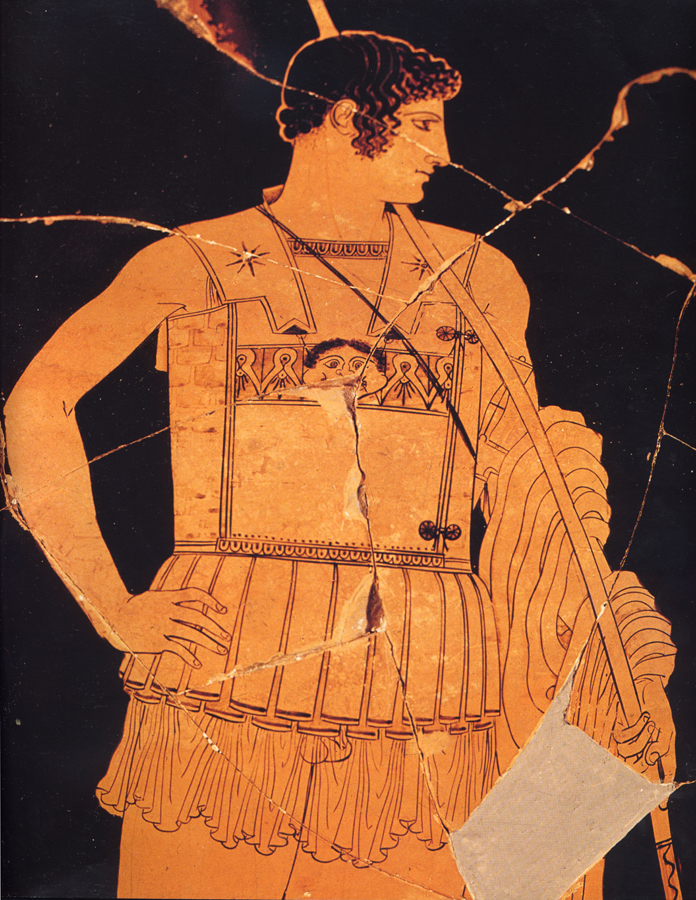
As last year, just click on the image to the left to be taken to the A-Z website and links to other blogs taking part. Good luck to everyone and I hope the inspiration keeps flowing.
~~~
Karakoram

One of the most hostile environments in the word, and therefore of endless fascination for the types for whom anything impossible is a challenge.
The Karakoram is part of the huge range of mountains that extends from Afghanistan in the West to China. Everest is the highest mountain in that range but the Karakorum has the highest concentration of mountains over seven thousand metres.
My other half was a climber in his youth, and a big fan of the extreme climbers who tackled the highest peaks. We have a shelf full of biographies of the climbers and accounts of great climbs. So when I was trying to think of a K post, Karakoram popped into my mind and I decided to talk about The Ogre – that’s the really tall spiky bit in the next picture.

It’s proper name is Braintha Brakk. The highest point is 7,285 metres (23,901 ft) above sea level, so it’s a good bit shorter than Everest, but is considered to be the most difficult climb in the world. It wasn’t climbed until 1977 when a team led by Chris Bonnington comprising Doug Scott, Mo Anthoine, Clive Rowland, Nick Estcourt, and Tut Braithwaite, scaled it by the easiest possible route, which was still a terrible effort.
Early on in the climb Braithwaite was caught in a rock fall and injured but the rest continued with their attempt. They divided into 2 teams, one to halt at the western summit and the other to carry on to the highest peak.
 Bonnington and Doug Scott made it to the summit, but on the first abseil on the way down Scott fell and broke both legs. With the weather closing in and no hope of rescue he began to crawl down the mountain.
Bonnington and Doug Scott made it to the summit, but on the first abseil on the way down Scott fell and broke both legs. With the weather closing in and no hope of rescue he began to crawl down the mountain.
This photograph of doug Scott clinging to a rope as he shuffles along on his knees was taken by Bonnington on the descent.
Together they made it to the camp where the other climbers in the team were waiting and shortly after Bonnington fell, broke some ribs and contracted pneumonia. So that was two of them crawling down the mountain.
 It took them five days to reach base camp and several more until they reached a place where Scott, Bonnington and Braithwaite could get more than basic medical treatment. Luckily all three climbers made a full recovery and went on to climb many more mountains.
It took them five days to reach base camp and several more until they reached a place where Scott, Bonnington and Braithwaite could get more than basic medical treatment. Luckily all three climbers made a full recovery and went on to climb many more mountains.
There are many more tales of badassery in the Karakoram but doug scott’s epic crawl down the Ogre is the one I always think of. 😀 there are enough K mountains to keep me going for a few years.
Read Full Post »





 Bonnington and Doug Scott made it to the summit, but on the first abseil on the way down Scott fell and broke both legs. With the weather closing in and no hope of rescue he began to crawl down the mountain.
Bonnington and Doug Scott made it to the summit, but on the first abseil on the way down Scott fell and broke both legs. With the weather closing in and no hope of rescue he began to crawl down the mountain. It took them five days to reach base camp and several more until they reached a place where Scott, Bonnington and Braithwaite could get more than basic medical treatment. Luckily all three climbers made a full recovery and went on to climb many more mountains.
It took them five days to reach base camp and several more until they reached a place where Scott, Bonnington and Braithwaite could get more than basic medical treatment. Luckily all three climbers made a full recovery and went on to climb many more mountains. 

 They say that the surest road to fame for any commander is to have an item of food or clothing named after him. So if you’re wearing your wellington boots and a cardigan while eating a sandwich, how about rounding your snack off with a Garibaldi, known to all in the UK as ‘squashed fly biscuits”.
They say that the surest road to fame for any commander is to have an item of food or clothing named after him. So if you’re wearing your wellington boots and a cardigan while eating a sandwich, how about rounding your snack off with a Garibaldi, known to all in the UK as ‘squashed fly biscuits”..jpg)






 Not ‘as you know, Bob’ but the Roman coin that was the standard unit of currency, plural asses. During the Republican era the as was a massive chunk of bronze. It’s telling to note that after about 70 years of carting these things around the Romans had a coinage reform and reduced the weight to a sixth of a Roman pound [approx 56 grams or 2 ounces].
Not ‘as you know, Bob’ but the Roman coin that was the standard unit of currency, plural asses. During the Republican era the as was a massive chunk of bronze. It’s telling to note that after about 70 years of carting these things around the Romans had a coinage reform and reduced the weight to a sixth of a Roman pound [approx 56 grams or 2 ounces]. 






